 W
WA commander-in-chief or supreme commander is the person who exercises supreme command and control over an armed forces or a military branch. As a technical term, it refers to military competencies that reside in a country's executive leadership, a head of state or a head of government.
 W
WBeylerbey or Beylerbeyi was a high rank in the western Islamic world in the late Middle Ages and early modern period, from the Seljuks of Rum and the Ilkhanids to Safavid Persia and the Ottoman Empire. Initially designating a commander-in-chief, it eventually came to be held by senior provincial governors. In Ottoman usage, where the rank survived the longest, it designated the governors-general of some of the largest and most important provinces, although in later centuries it became devalued into a mere honorific title. Its equivalents in Arabic were amir al-umara, and in Persian, mir-i miran.
 W
WWerner Eduard Fritz von Blomberg was a German General Staff officer, who, after serving at the Western Front during World War I, was appointed chief of the Troop Office during the Weimar Republic and Minister of War and Commander-in-Chief of the armed forces of Nazi Germany and the first general to be promoted to Generalfeldmarschall in 1936. His political opponent Hermann Göring confronted him with criminal records among allegations of pornographic activities of his newly wed wife and forced him to resign on 27 January 1938.
 W
WThe Captain General of the Sea was the wartime commander-in-chief of the Venetian navy.
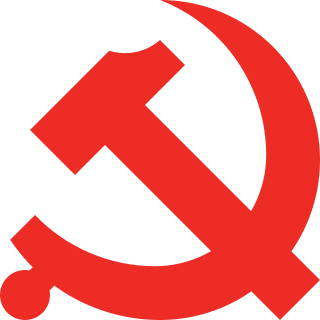 W
WThe Chairman of the Central Military Commission is the head of the Central Military Commission of the People's Republic of China (CMC) and thereby the commander-in-chief of the People's Liberation Army. The officeholder is usually General Secretary of the Communist Party of China or Chairman of the Communist Party of China.
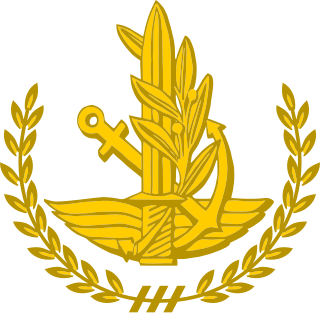 W
WThe Chief of the General Staff, also known as the Commander-in-Chief of the Israel Defense Forces, is the supreme commander and head of the Israel Defense Forces.
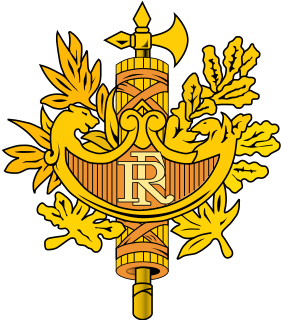 W
WIn France, the Chief of the Armed Forces is the supreme authority for military matters, an executive role vested in the President of the Republic. This role is given to the President with Article 15 of the constitution.
 W
WThe Commander of the Lebanese Armed Forces is responsible for the operational command of the Lebanese Armed Forces (LAF). According to the Constitution, the President of Lebanon is the commander-in-chief.
 W
WThe Commander-in-Chief of the Canadian Armed Forces is the supreme commander of Canada's armed forces. Constitutionally, command-in-chief is vested in the Canadian sovereign, presently Queen Elizabeth II. As the representative of the Queen, the Governor General of Canada, presently Julie Payette, has been authorized through letters patent to act on behalf of the sovereign and consequently also uses the title Commander-in-Chief of the Canadian Forces. By protocol, the title used within international contexts is Commander-in-Chief of Canada.
 W
WThe position of Commander-in-Chief is the ultimate authority of all the Armed Forces of Iran, and the highest possible military position within the Islamic Republic of Iran. The position was established during the Persian Constitutional Revolution. According to the Constitution of Iran, the position is vested in the Supreme Leader of Iran and is held since 1981.
 W
WThe Supreme Commander or Commander-in-Chief of the Malaysian Armed Forces is the highest-ranking office in the command structure of the Malaysian military. The office dates to the 1957 creation of the Malay federation. Its current role, duties and powers are regulated by the Constitution of Malaysia and the Federal Armed Forces Act.
 W
WSyed Ahmed El-Edroos was the commander-in-chief of the Hyderabad State Forces at the time of the annexation of Hyderabad State by India in 1948.
 W
WThomas Ludwig Werner Freiherr von Fritsch was a member of the German High Command. He was commander-in-chief of the German Army from 1933 until February 1938, when he was forced to resign after being falsely accused of being homosexual.
 W
WJuan Miguel Fuente-Alba Poblete is a retired senior Chilean soldier. He held the position of Commander in Chief of the Chilean Army between March 10, 2010 and March 9, 2014. He is currently serving a sentence in prison for tax fraud and embezzlement during his time as a general in the "Milicogate" case.
 W
WThis article lists the commanders-in-chief of the Armed Forces of Haiti, from the end of the U.S. occupation in 1934 through the disbandment of the FAd'H in 1995, during the Operation Uphold Democracy, until the reinstatement of the FAd'H in 2017.
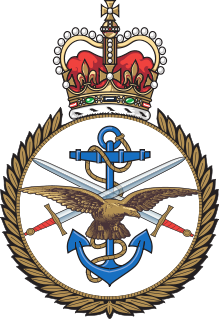 W
WThe Head of the British Armed Forces, also known as Commander-in-Chief of the British Armed Forces, refers to the supreme command authority of the British Armed Forces, a military role vested in the monarch of the United Kingdom, currently Queen Elizabeth II. Under British constitutional law the command and government of the British armed forces is vested in the Queen and as such she holds the highest office in the military chain of command. The authority to issue orders and give commands to military personnel is delegated by the Queen to her commanders in the Field, however she does retain the right to issue orders personally.
 W
WIsabella II was Queen of Spain from 1833 until 1868.
 W
WAnoushirvan (Shir) Khan Qajar Qovanlou 'Eyn ol-Molk' 'Etezad od-Doleh' was an Iranian aristocrat, general and courtier.
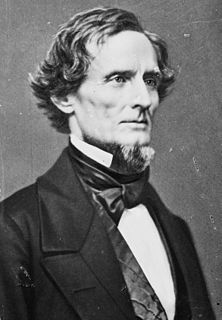 W
WThe president of the Confederate States was the head of state and head of government of the Confederate States. The president was the chief executive of the federal government and was the commander-in-chief of the Army and the Navy.
 W
WThe Supreme Commander-in-Chief of the Armed Forces of the Russian Federation is the ultimate commanding authority of the Russian Armed Forces, an executive role vested in the President of Russia in accordance with Article 87 of the Constitution.
 W
WThe Supreme Commander of the Armed Forces of Democratic People's Republic of Korea is the commander-in-chief of the Korean People's Army, the military of North Korea. The position is vested in the Chairman of the State Affairs Commission in accordance to Article 103 of the Constitution of North Korea.
 W
WThe Head of the Thai Armed Forces is a position vested in the Thai monarch, who as sovereign and head of state is the commander-in-chief of the Royal Thai Armed Forces.
 W
WGeorge Washington was an American political leader, military general, statesman, and founding father who served as the first president of the United States from 1789 to 1797. Previously, he led Patriot forces to victory in the nation's War for Independence. He presided at the Constitutional Convention of 1787, which established the U.S. Constitution and a federal government. Washington has been called the "Father of His Country" for his manifold leadership in the formative days of the new nation.